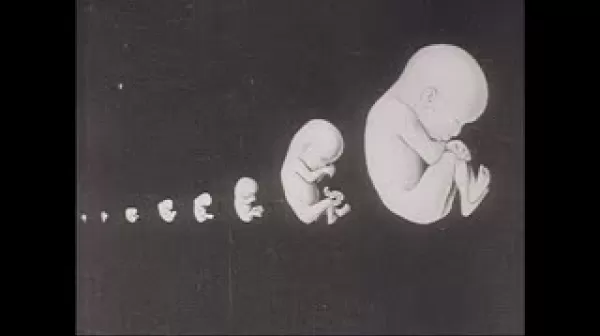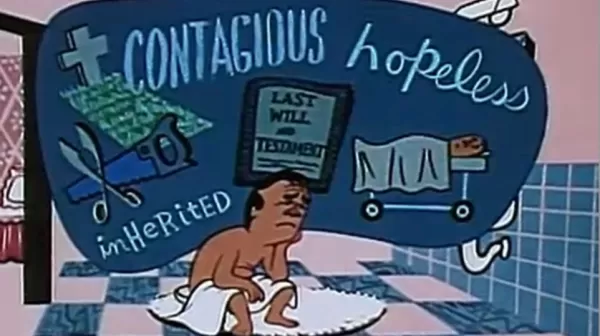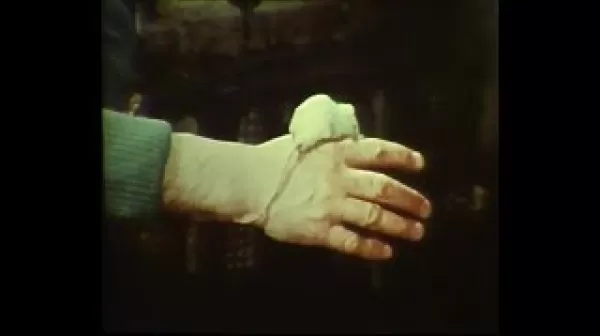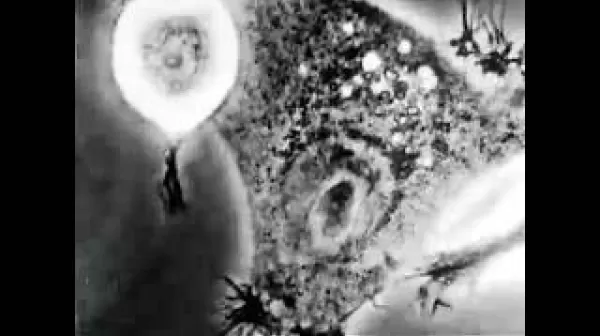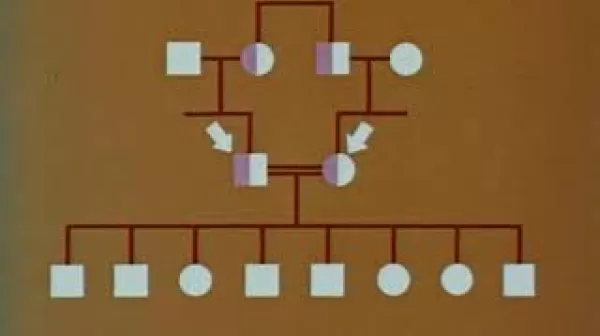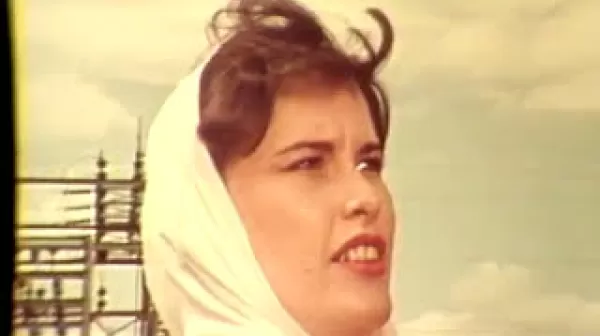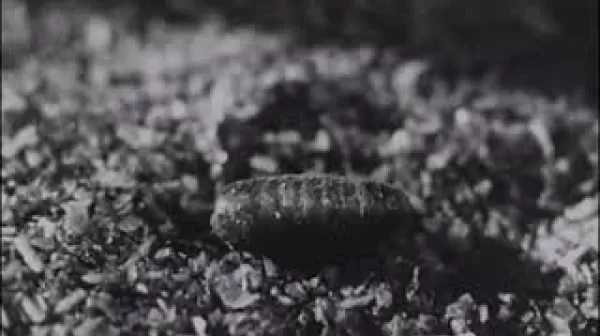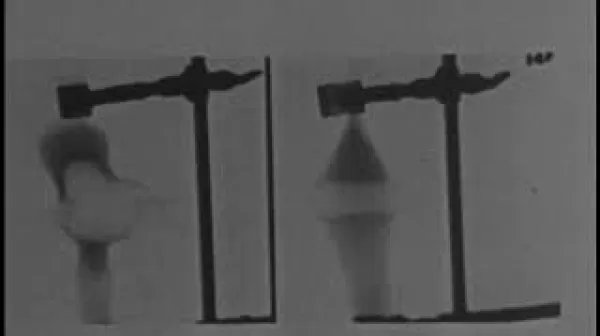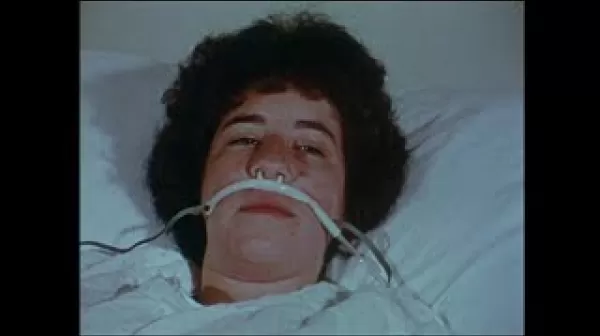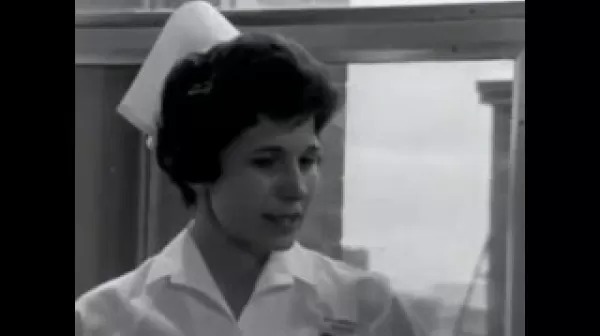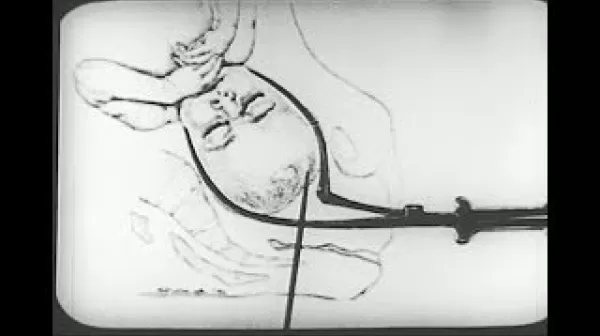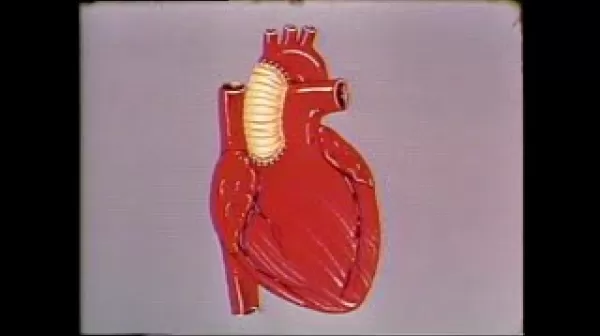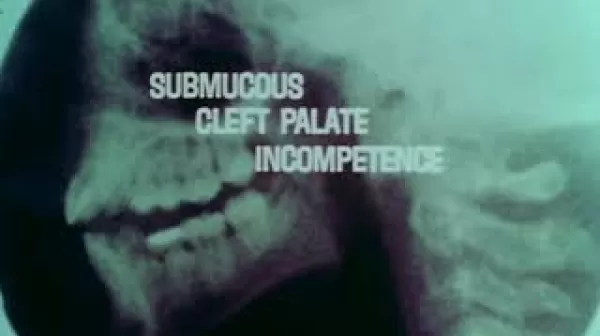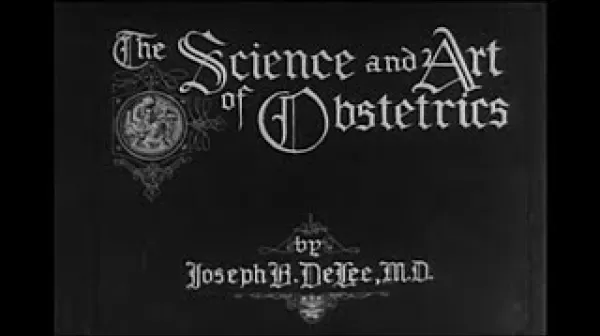Reproductive System and Human Development (Jacob Sarnoff and Bray Productions, 1925)
The film begins with a statement that the abandonment of prudery in recent years has made possible the teaching of human reproduction to "the adolescent and mature." The position and function of the uterus, fallopian tubes, and ovaries is presented. With drawings, legends, and post-mortem specimens, the film traces human reproduction from ovulation through fertilization, segmentation, implantation, growth and maturity of the fetus, and enlargement of the uterus. The function of the umbilical cord is explained.

